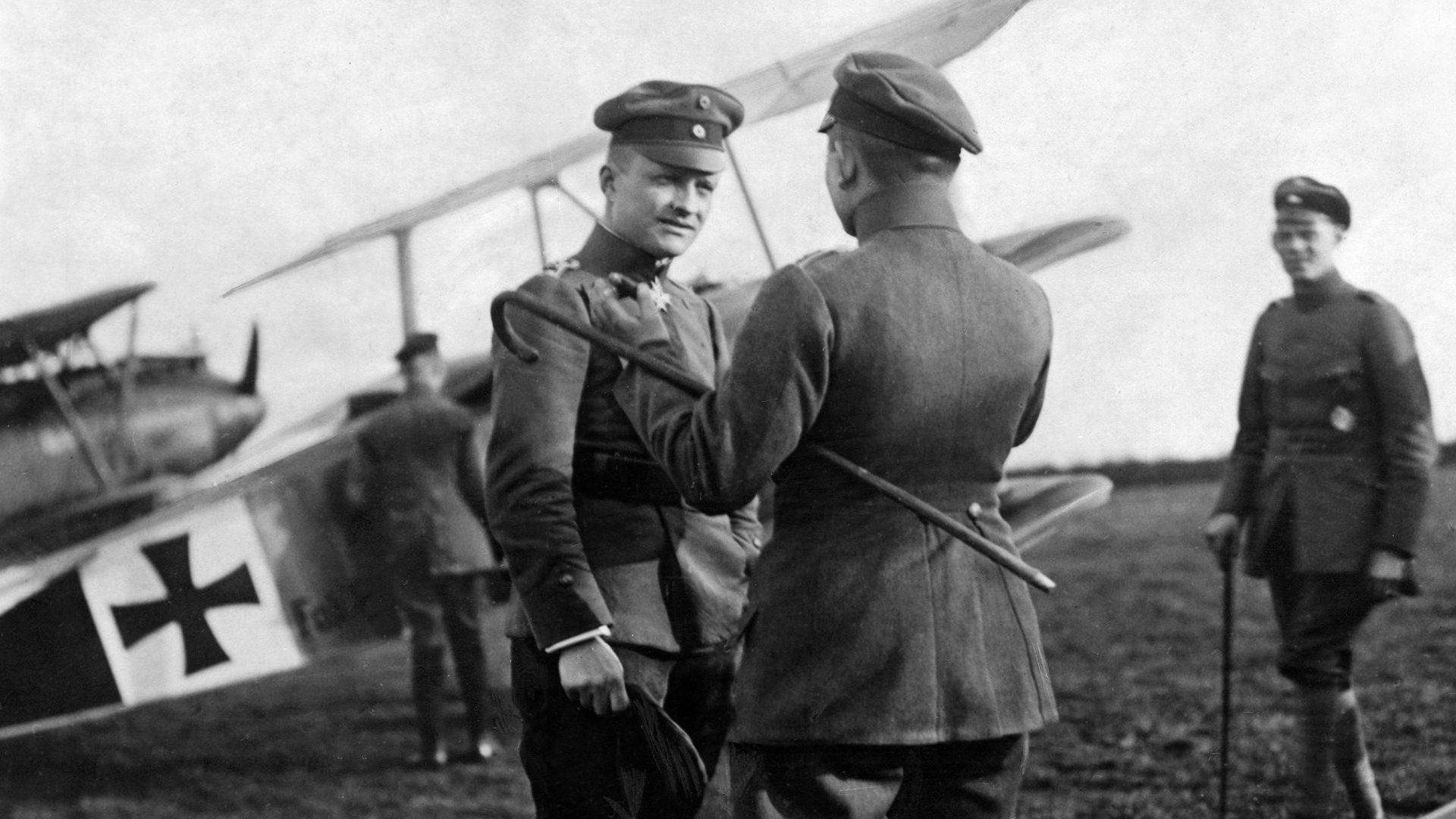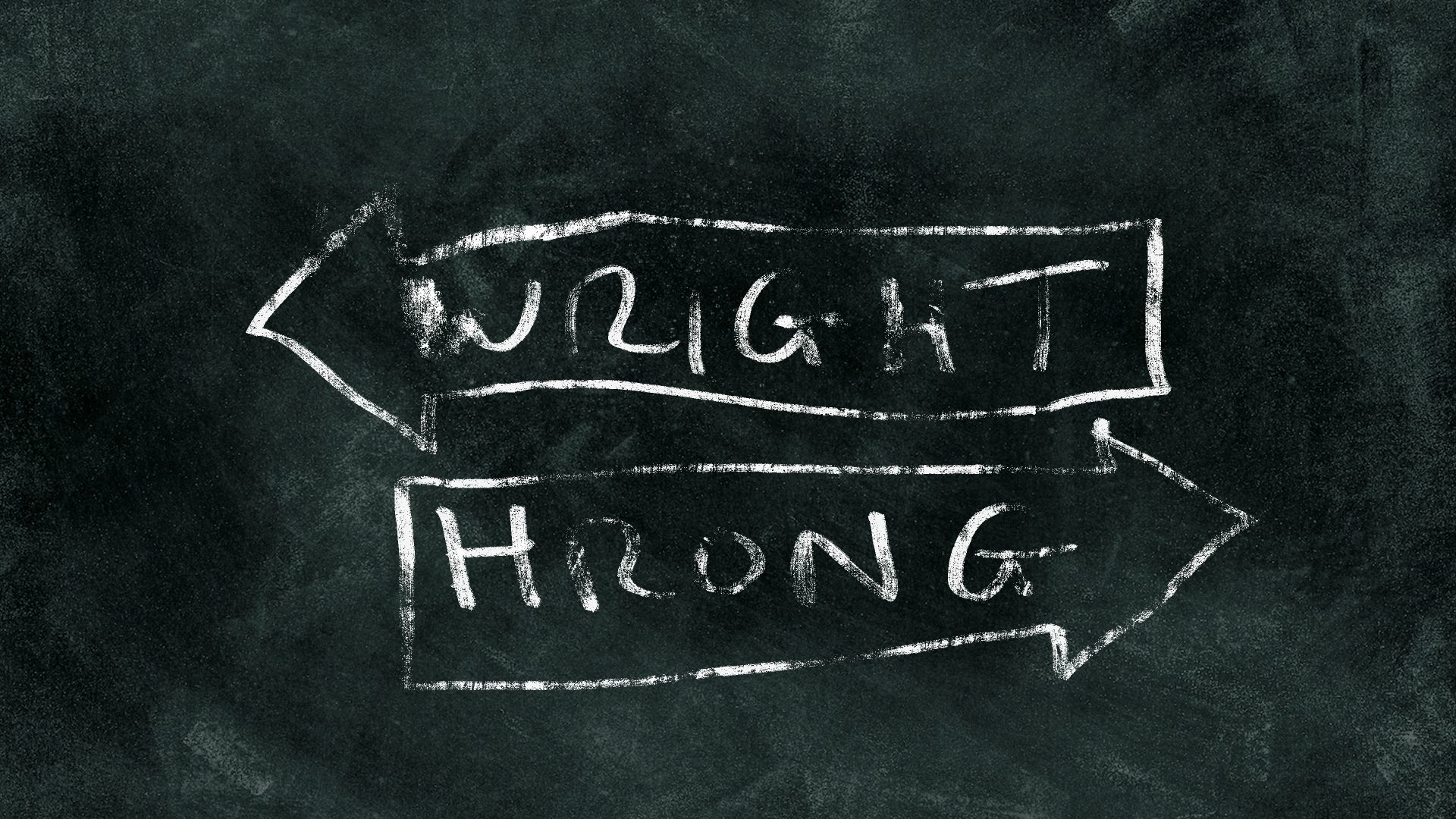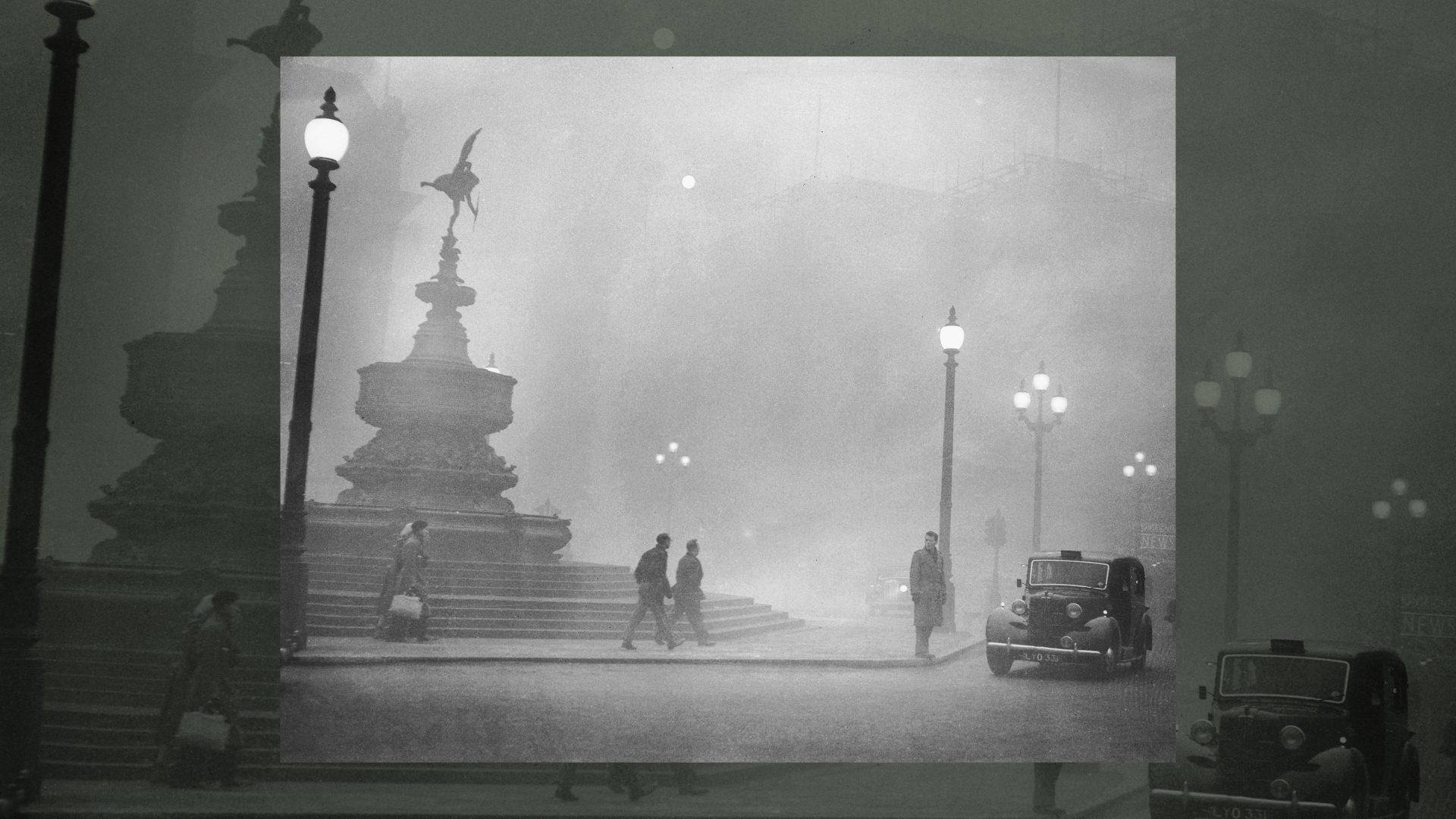November 23 1916 was a cold and windy day on the Western Front. A squadron of Royal Flying Corps aircraft patrolled the skies south of Arras and soon became involved in a skirmish with their German counterparts. Among the British fliers was 25-year-old Major Lanoe Hawker, the first pilot ever to win the Victoria Cross and, with seven kills to his name, Britain’s first air ace.
A few minutes into the engagement, Hawker noticed a German Albatross below him, apparently separated from the rest of its squadron. Hawker’s DeHavilland II was a slower, clumsier aircraft than his opponent’s but diving towards it would build enough speed to commence a pursuit and, he hoped, take up the key position directly behind his opponent, providing a clear and safe line of fire.
When he committed to his dive and the Albatross began to immediately turn and attempt to manoeuvre behind him, Hawker knew he had fallen for a deliberate strategy. Yet still he considered the odds not stacked entirely against him. He could win this battle, he thought, or at least live to fight another day.
The two aircraft moved in a giant circle at 8,000 feet, neither pilot gaining an advantage, neither willing to break off the mutual pursuit. At one point Hawker even waved cheerily at his adversary.
To make any gain on the other, the pilots needed to tighten their turning circle, which meant descending to thicker air nearer the ground. After almost half an hour, watched spellbound by troops below, the aircraft were circling barely 300 feet above the German lines and something had to give. Hawker’s less agile craft, its engine fading after flying for so long at maximum revs, pulled away and made for home, zigzagging as best it could to avoid presenting a clear shot. If he could make it back to allied territory the Albatross would have to give up the chase and return to the safety of the German lines.
Barely 150 yards from the first Allied trenches, the German pilot let off one last burst of machine-gun fire, killing Hawker instantly in his seat.
Manfred von Richthofen, the Red Baron, had claimed his 11th victim in one of the first truly epic aerial dogfights. He would go on to shoot down a total of 80 allied aircraft in a flying career that made his name immortal both in aerial combat and the history of aviation itself.
“In view of the character of our fight it was clear that I had been tackling a flying champion,” he wrote of his epic encounter with Hawker. “His machine gun was dug out of the ground and it ornaments the entrance of my dwelling.”
For many, not least the participants, the aerial battles of the first world war were the final twitchings of medieval-style chivalrous combat. On the ground, war was becoming an exercise in mass killing, yet there was a strange kind of freedom to the war in the air. No attritional lines of demarcation, no mud, no rats, just smooth arcs of flight and the kind of one-to-one duels that gave warfare at least a veneer of nobility.
Pilots would acknowledge each other with nods and salutes. If an airman was killed on enemy territory, his adversaries would fly across the lines to drop his belongings and burial information to the ground. Richthofen himself described the war in the air as “the last vestige of knightly individual combat”.
Aviation was still in its infancy little more than a decade after the Wright Brothers’ first recorded flight at Kitty Hawk. It was also incredibly dangerous: the life expectancy of a combat pilot during the first world war was just 18 hours’ flight time.
To survive any longer, a pilot had to be exceptionally skilled and exceptionally fortunate and Manfred von Richthofen was the greatest of them all.
Descended from a long line of Prussian aristocracy, he attended a military academy from the age of 11 and on graduating joined a cavalry unit. Deployed on the eastern front, it soon became clear horseback charges were a pointless anachronism in the new modern warfare.
Richthofen was granted a transfer to the Fliegertruppen, the German air unit, where he served initially as an observer before qualifying as a pilot. He made his first flight in the spring of 1916 and downed his first enemy aircraft in September of that year.
By early 1917 he was in charge of his own squadron, the Jasta 11, and had received Germany’s highest military honour, the Pour le Mérite, known as the “Blue Max”, which he celebrated by having his plane painted a distinctive bright red.
Richthofen truly cemented his reputation that spring, shooting down 24 Allied aircraft in April alone and taking command of a four-squadron fighter unit known as the Flying Circus.
Yet there was nothing of the barnstormer about Richthofen’s flying. He was a soldier of the air obeying orders, there were no aerobatics or tricks, no victory rolls or wing dips, he just did whatever it took to bring down his opponent.
“There is no art in shooting down an aeroplane,” he insisted.
Richthofen commissioned a small silver cup to commemorate every aircraft he shot down until wartime shortages stopped his collection at 60. He tried wherever possible to collect a memento from every downed aircraft, hence Lenoe Hawker’s machine gun was placed over his doorway like a hunter’s trophy.
Whether this made Richthofen a gentleman warrior of the skies or simply a ruthless killer is still debated more than a century on, but there can’t be many first world war veterans who wrote in their memoirs: “During my whole life I have not found a happier hunting ground than the Battle of the Somme”.
Some speculate that a head injury sustained during a 1917 dogfight that grounded him for a month night have affected his personality and judgment, but he was a huge celebrity in Germany and commanded awed respect among Allied pilots and the soldiers who watched his exploits from the ground.
By the spring of 1918, Richthofen must have felt practically immortal. No pilot on either side had shot down anything like the number of aircraft credited to him, but the end was inevitable and came one bright April day when his Fokker Triplane was forced by gunfire into a heavy landing in a field behind allied lines near Vaux-sur-Somme.
Nearby Australian soldiers crept warily towards the aircraft in which Richthofen sat strapped into his seat, but if he was alive when he landed he was dead by the time the soldiers reached him, killed by a single bullet through the chest. He was 25 years old.
The Red Baron was buried the next day with a guard of honour of allied soldiers, his coffin borne by six Royal Flying Corps pilots. A wreath placed on his grave was dedicated to “our gallant and worthy foe”.
“Fight on and fly on to the last drop of blood and the last drop of fuel,” he’d written, “to the last beat of the heart.”




